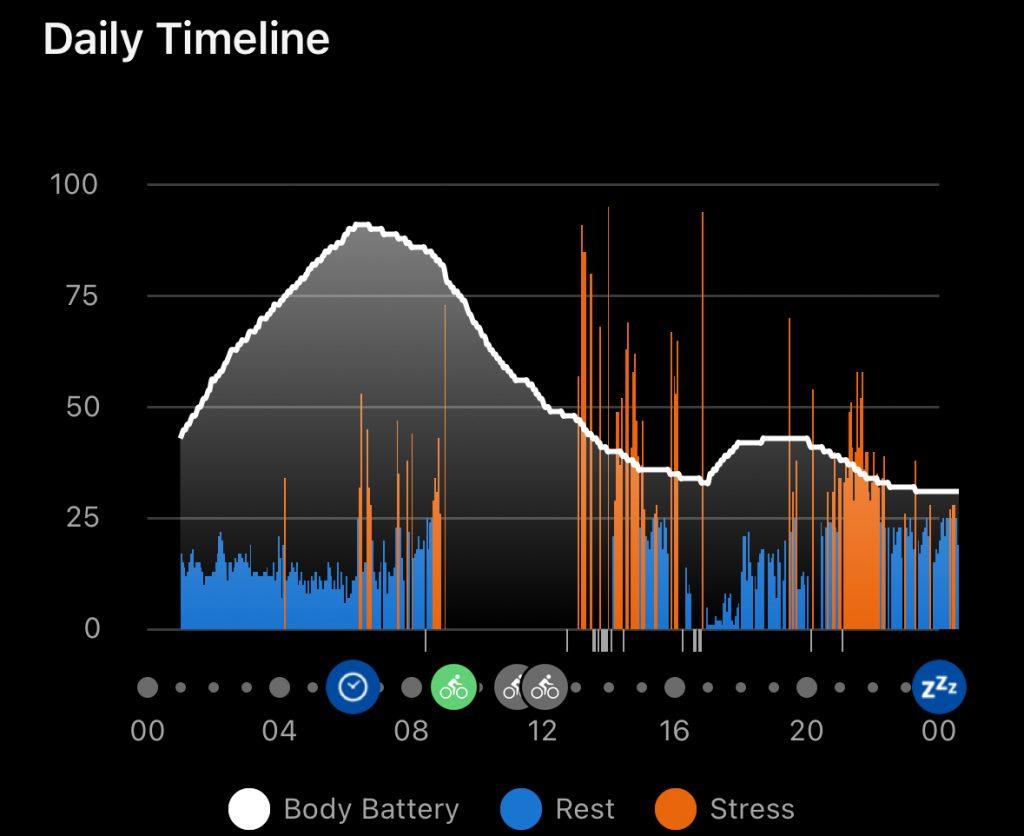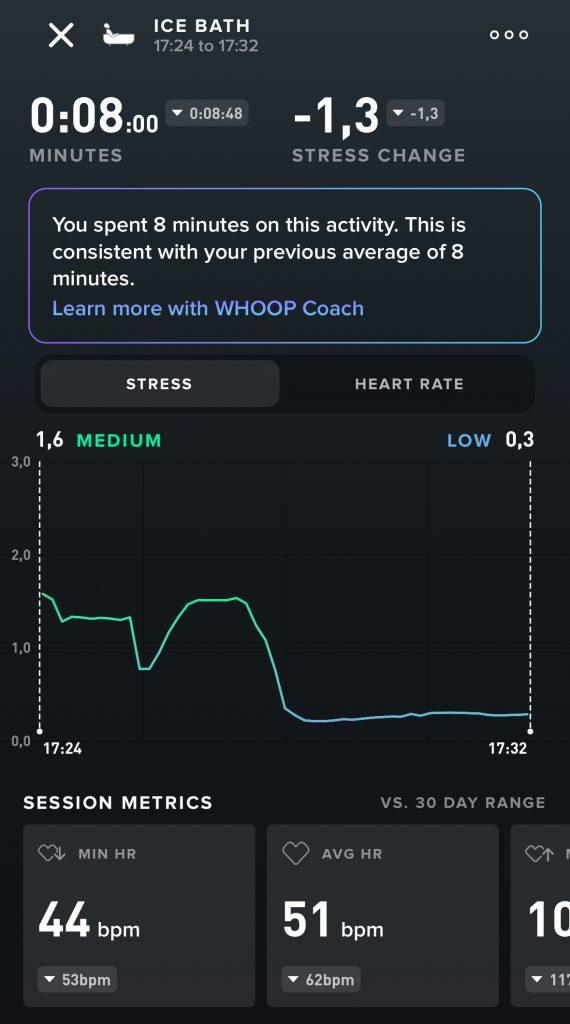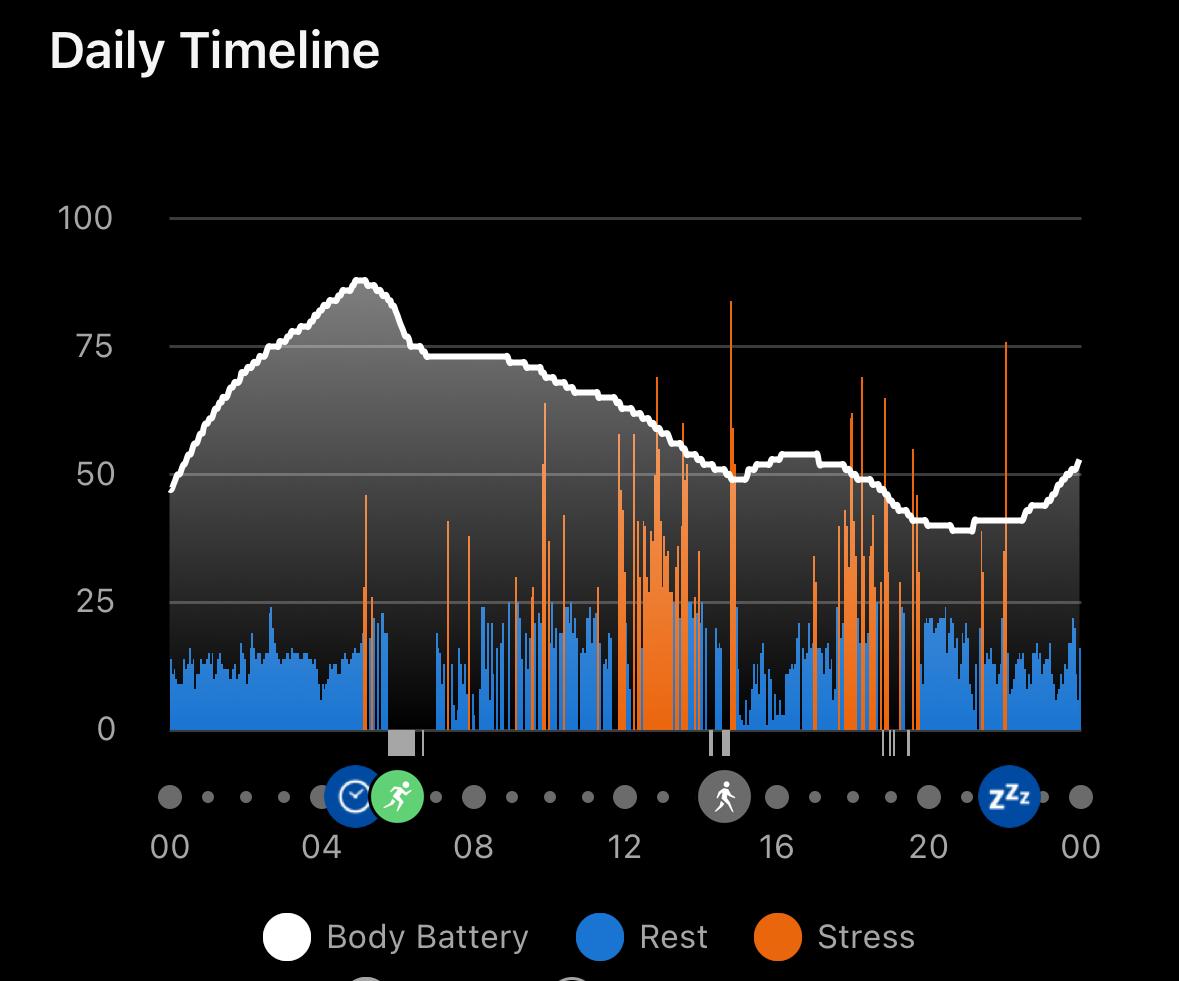Shock!
“OMG, OMG” – The discomfort I experienced was almost unbearable. My entire body was begging me to get out of the cold swimming pool on a dark & rainy afternoon in November of 2021. It was getting difficult to regulate my breathing. Two hotel guests walked by and shook their heads in disbelief that somebody would be in the pool that day. “Just another 30 seconds….”, I was telling myself. Getting out of the water in less than a minute would have felt like surrender. But I managed to activate every bit of willpower and spent 2 minutes and 30s in the 12C water that day. It was my first official ice bath.

Why?
Let’s back up for a second – why would I even entertain the idea of jumping into a cold pool? There has been a lot of talk about the benefits of ice bathing recently and a lot of research is starting to go into this area. As an avid endurance athlete, I am always curious to learn new things that can help me perform and recover better. And with that, it was just a matter of time before I decided to give it a try. It is claimed that ice baths not only help you build a stronger immune system but that they also lower stress levels, improve metabolic function and sleep. But research is still in the early stages and you can rather gather all kinds of anecdotes on the internet. All the more surprising since we have a ton of personal devices at our finger tips to test & quantify some of the claims. Wearable companies like Oura, Whoop & Garmin provide neat algorithms and features that should be able to shed some light. And I set out to do just that.

After the ice bath
Following that painful inaugural bath, I raced back to my hotel room to warm up. The shivering & discomfort continued for a few minutes. Once that had subsided, an incredible sense of calmness began spreading through my body. It was a strange sensation. Indeed, a look at my Garmin watch revealed that my resting heart rate had dropped to under 40 beats per minute. That was a huge surprise as I had done a very hard 100km bike ride earlier in the day. After these kinds of efforts, my heart rate typically stays elevated for many hours. And this sense of calmness continued for a few hours. But do wearables like Garmin & Whoop register this?
Quantifying the benefits
There are two tools specifically that come in handy: Garmin’s Body Battery & stress algorithms and Whoop’s Stress Monitor. I won’t go into details of this – the names are pretty self explanatory. So what do the algorithms say? Here is a typical response. After an initial shock of getting into the cold water, stress levels go down and the body battery recharges. Whoop records a similar reduction in stress even during the actual ice bath:


Implications
Does an ice bath solicit this type of response all the time? Surprisingly, in 80% of the cases it does. Below are some further examples. There are days where the effects are more pronounced than on others. The same is true for the subjective positive feeling in the hours after. But what about the long term effect? Most wearables measure heart rate variability (HRV) which is an important indicator of your general well-being. The higher the value, the better. Over the past two years, my average HRV has increased by 10%. Can I tie this back to ice baths? No, I can’t. There are just too many variables I have worked on. I do think though that it plays a role.
The Elephant in the Room
Again, why ice baths? The benefits seem cool (no pun intended) but the associated discomfort must offset that? The surprising thing is, that your body adapts very quickly. After just 5-10 sessions, it gets a lot easier. And about 1 month in, I started to tremendously enjoy it. There is no pain anymore. It just feels really really good. You have got to experience it to believe it. And as an added benefit, it keeps my Garmin & Whoop data looking good!






